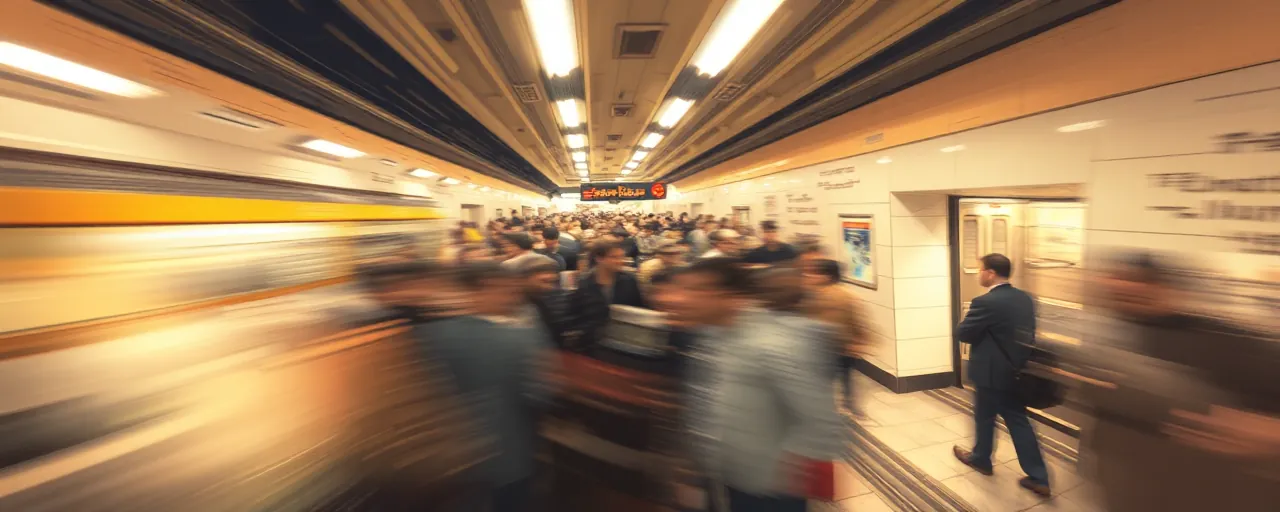A Surge in Transit Revenue
New York’s Metropolitan Transportation Authority has reported a striking 67 percent increase in fare revenue since 2021, reaching $5 billion in 2024. This financial uptick, driven by rising ridership and a robust campaign against fare evasion, marks a pivotal moment for the nation’s largest transit system. With 40 percent of its operating budget tied to fares and tolls, the MTA’s ability to fund reliable service hinges on ensuring every rider pays their share.
Governor Kathy Hochul, alongside MTA leadership, has championed a multi-faceted strategy to curb fare evasion across subways, buses, commuter rails, and toll bridges. The approach blends enforcement, education, and infrastructure upgrades, yielding measurable results. Yet, as the agency tightens its grip on fare compliance, questions linger about how these efforts affect low-income riders and communities already strained by economic pressures.
Tackling Evasion With Technology and Enforcement
The MTA’s campaign against fare evasion leans heavily on physical and technological upgrades. Subway turnstiles, long vulnerable to 'backcocking'—where riders slip through by pulling the turnstile back—have been reconfigured at 90 percent of stations, slashing evasion by up to 60 percent at equipped locations. Delayed egress gates, now at 70 stations and expanding to 150 by year’s end, have cut fare dodging by 10 percent where installed.
On buses, the MTA’s EAGLE Team, a civilian inspection unit backed by the New York Police Department, targets high-evasion routes with data-driven precision. Their efforts have driven a 36 percent drop in bus fare evasion at 140 weekly checkpoints, boosting paid boardings by 7 percent. Commuter rails, like the Long Island Rail Road and Metro-North, have adopted stricter onboard invoice policies, resulting in fewer unpaid rides and a sharp rise in summonses for non-compliance.
Toll collection has also seen gains, with open road tolling and a new E-ZPass platform streamlining payments. A city-state task force, launched in 2024, has issued over 45,000 summonses and towed 4,400 vehicles for toll violations, reinforcing the message that evasion carries consequences. These measures have pushed toll revenue recovery up 44 percent since 2021.
Balancing Enforcement With Equity
While enforcement has driven revenue gains, the MTA faces pressure to ensure its policies don’t disproportionately harm vulnerable riders. Nationwide, transit agencies have grappled with evidence that fare enforcement often hits low-income and minority communities hardest. In New York, advocates for transit justice argue that punitive measures, like fines or arrests, can deepen poverty and limit access to essential services like jobs and healthcare.
The MTA has taken steps to address these concerns. Its 'Fair Fares' program offers discounted rides to low-income New Yorkers, though enrollment barriers have limited its reach. Simplified payment systems, like tap-and-go contactless fares used by 67 percent of subway and bus riders, aim to make compliance easier. The agency is also exploring non-punitive approaches, such as warnings over fines, and plans to pilot a proof-of-payment system on buses in 2026 to streamline fare checks without heavy-handed tactics.
Still, some riders and community groups call for broader reforms, like decriminalizing fare evasion or expanding free transit options. They point to cities like Seattle, where agencies have shifted toward unarmed fare ambassadors and community outreach, as models for balancing revenue needs with social equity. The MTA’s reliance on NYPD support, while effective, raises questions about whether police-led enforcement aligns with these equity goals.
The Broader Transit Funding Crisis
The MTA’s fare evasion crackdown comes amid a national crisis in transit funding. With farebox revenue covering just 20 percent of operating costs in many U.S. cities—down from 33 percent pre-pandemic—agencies are scrambling to close budget gaps. In New York, congestion pricing and state support have helped, but the end of federal COVID relief funds looms large. Other cities, like Philadelphia and Chicago, face drastic service cuts without new revenue streams.
This financial strain underscores why fare compliance matters. Every unpaid fare chips away at the MTA’s ability to maintain service, upgrade infrastructure, or invest in safety. Yet, the push for revenue must coexist with efforts to keep transit accessible. Policies like fare capping, which ensures riders never pay more than a monthly pass, could ease the burden on frequent users, but require funding to implement widely.
Looking Ahead
As the MTA tests modern fare gates at 20 subway stations this fall, it aims to further deter evasion while enhancing rider experience. These gates, developed by vendors like Conduent and Cubic, promise faster, more secure access. Meanwhile, the agency’s collaboration with district attorneys to prosecute theft of service signals a commitment to accountability, though it risks alienating riders wary of criminal penalties.
New York’s transit system stands at a crossroads. Its success in boosting fare revenue and curbing evasion offers a lifeline for a cash-strapped agency, but the path forward demands a delicate balance. Ensuring that enforcement doesn’t exclude the city’s most vulnerable riders will be critical to sustaining public trust and keeping the trains running for all.
